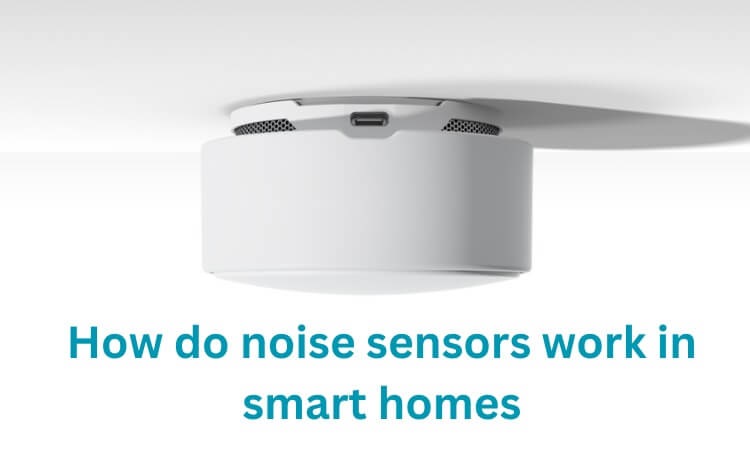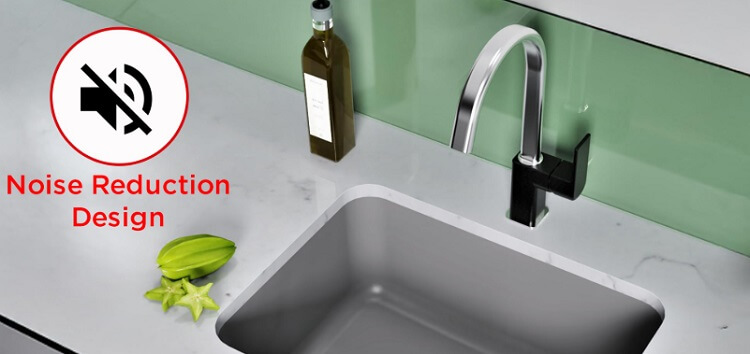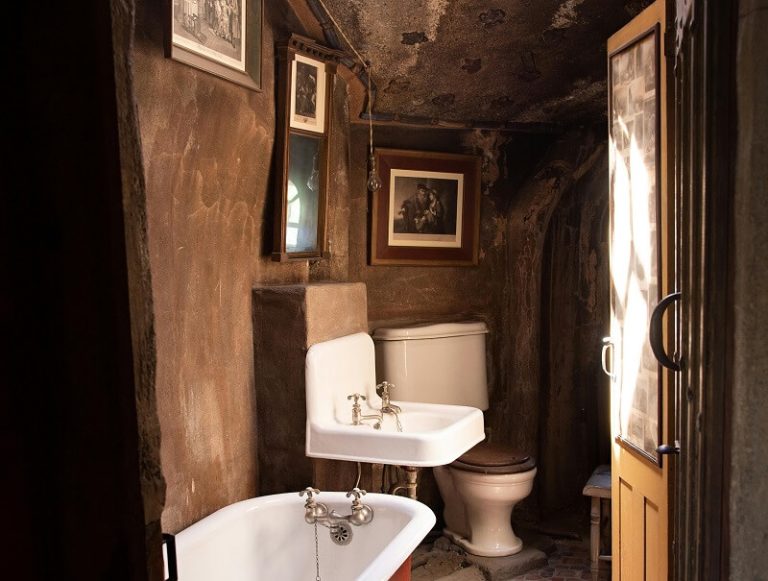
Apartment living often comes with the unavoidable soundtrack of city life or neighboring sounds. Finding affordable ways to quiet your apartment is crucial for creating a peaceful and productive living space. Whether it’s the rumble of traffic, the muffled music next door, or simply the echoes within your own apartment, unwanted noise can significantly impact your quality of life.
This guide offers practical and budget-friendly solutions to transform your apartment into a haven of tranquility without breaking the bank or your lease agreement.
Why soundproofing your apartment is Essential
Living in close proximity to others inevitably means noise will travel. This can disrupt your sleep, concentration, and overall well-being. Effective soundproofing isn’t a luxury; it’s an investment in your mental and physical health.
For renters, finding non-permanent, affordable ways to quiet your apartment is particularly important. The strategies outlined here respect typical lease restrictions while offering noticeable improvements in noise reduction and privacy.
Pinpointing Your Noise Problems
Before implementing any soundproofing measures, it’s crucial to identify the primary noise sources. This targeted approach maximizes effectiveness and avoids unnecessary expenses.
Common noise culprits in apartments include:
- External Noise: Traffic, construction, sirens, and general street noise typically enter through windows and doors.
- Internal Noise: Noises from neighbors (conversations, music, footsteps), appliances (washing machines, dishwashers), and plumbing can travel through walls, floors, and ceilings.
Affordable Soundproofing for Walls
Walls act as the main conduits for noise between apartments. Thankfully, there are several cost-effective ways to mitigate sound transmission without major renovations.
Budget-Friendly Wall Solutions
Hanging thick, densely woven fabric wall coverings or tapestries can help absorb sound and add a decorative touch. Acoustic foam panels, available in various sizes and thicknesses, offer more substantial noise absorption.
These are renter-friendly as they can be easily attached and removed. Strategically placing bookshelves filled with books against shared walls can also create a dense sound barrier. Mass-loaded vinyl (MLV), a thin, dense material, provides excellent sound dampening and is relatively inexpensive.
It’s important to note that while MLV is highly effective, installation might require more effort than other renter-friendly options.
Minimize Noise Through Floors
Impact noise from footsteps or dropped objects travels easily through floors. Implementing affordable flooring solutions can significantly dampen these sounds.
Cost-Effective Floor Options
Thick area rugs with dense padding are a simple yet effective way to absorb impact noise. Look for rugs with a high pile and a dense underlayment.
Interlocking foam mats, designed for gyms and play areas, offer another easily installable and removable option. For a more eco-friendly and effective solution, consider cork underlayment. While slightly more expensive than foam mats, cork provides excellent sound insulation and thermal properties.
Note that underlayment may require negotiation with your landlord.
Improve Window Soundproofing
Windows are often the weakest link in an apartment’s sound defense. However, improving window soundproofing doesn’t necessitate expensive replacements.
Budget Window Solutions
Heavy, tightly woven curtains, especially blackout or thermal curtains, can significantly reduce noise infiltration. Look for curtains with a high Noise Reduction Coefficient (NRC) rating.
Weatherstripping around window frames seals gaps and cracks where sound leaks through. Removable acrylic or polycarbonate window inserts offer an additional layer of soundproofing without permanent modifications.
Seal Doors to Block Noise
Doors, especially hollow-core doors, can also transmit a significant amount of noise. Simple and affordable fixes can make a big difference.
Renter-Friendly Door Solutions
Install a door sweep to seal the gap between the door and the floor.
Adhesive-backed weatherstripping tape applied around the door frame further enhances the seal. For a more temporary solution, a sound-dampening blanket hung over the door can provide additional noise reduction.
Small Adjustments, Big Impact
Even minor adjustments can cumulatively contribute to a quieter environment. Strategically arranging furniture, such as placing a large bookcase against a shared wall, can disrupt sound waves.
Adding thick fabrics like throw blankets, cushions, and wall hangings can absorb sound and reduce echoes. White noise machines or fans can mask unwanted sounds and create a more peaceful atmosphere.
Frequently Asked Questions (FAQ)
What is the most affordable way to soundproof an apartment?
The most budget-friendly options include using heavy curtains, rugs with thick padding, weatherstripping, and strategically rearranging furniture.
Can I soundproof my apartment without making permanent changes?
Yes, many effective soundproofing methods are renter-friendly and don’t require permanent modifications. Examples include acoustic panels, door sweeps, rugs, curtains, and removable window inserts.
Do affordable soundproofing methods really work?
While complete soundproofing is difficult to achieve without major renovations, these affordable methods can significantly reduce noise levels and create a noticeably quieter living space.
How much does it cost to soundproof an apartment using these methods?
The cost varies depending on the methods used.
Basic fixes like curtains and weatherstripping can cost under $100. More advanced solutions like window inserts or cork underlayment may range from $100 to $500.
Can I combine soundproofing methods for better results?
Absolutely! Combining multiple strategies, such as sealing gaps, adding rugs, and using curtains, offers the most comprehensive noise reduction.
How can I soundproof my ceiling?
While direct ceiling modifications are unlikely to be renter-friendly, you can explore options like adding acoustic panels to the ceiling with removable adhesive or discussing potential solutions with your landlord.
What materials are best for blocking low-frequency noise (like bass)?
Dense materials like MLV are more effective at blocking low-frequency noise.
Combining MLV with absorptive materials like acoustic foam can further improve results.
What can I do if my landlord has restrictions on apartment modifications?
Communicate openly with your landlord about noise issues and explore solutions that comply with their guidelines. They might be willing to address certain underlying problems, such as gaps in walls or windows.
How can I measure the noise levels in my apartment?
Sound level meter apps are readily available for smartphones and can provide a general indication of noise levels. More accurate readings require professional equipment.
Conclusion
Creating a peaceful retreat in your apartment doesn’t require a large budget or extensive renovations.
By implementing these affordable ways to quiet your apartment, such as using rugs, curtains, sealing gaps, and strategically placing furniture, you can significantly reduce noise and enhance your living environment. Start with simple, cost-effective measures and gradually incorporate more advanced solutions as needed. Taking control of your soundscape is an investment in your well-being and can transform your apartment into the tranquil sanctuary you deserve.
Experiment with different combinations of techniques to find what works best for your specific situation and enjoy the peace and quiet of a more soundproofed apartment.






